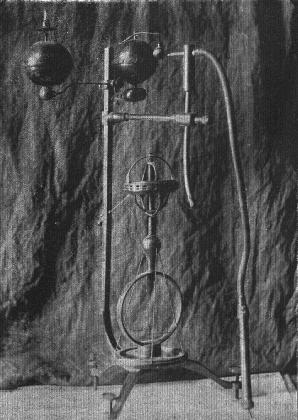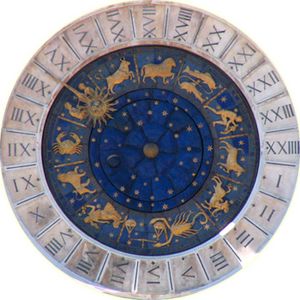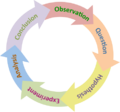Pseudoscience facts for kids
Pseudoscience means "false science." It is a set of ideas that might look like real science, but they are not. Pseudoscience often fails to follow the rules of how science works. Sometimes, these ideas are simply wrong.
Pseudoscience includes any idea about how nature works that most scientists do not accept as true. An idea can be called pseudoscientific for many reasons. For example, Astrology (the belief that stars and planets affect human lives) is a well-known pseudoscience.
Scientists often see pseudoscience as misleading. This is because its claims are sometimes presented as facts, even when they are not proven. It can be hard for people to tell the difference between a TV show about psychics and one that talks about global warming.
Contents
What Makes Pseudoscience Different from Science?

Pseudoscience and real science have some key differences:
- Pseudoscientific ideas are often not tested, or they cannot be tested at all. Science ideas are always tested and can be proven right or wrong.
- Pseudoscientific ideas are usually not checked by other scientists before they are shared. This checking is called "peer review." Science papers are always peer-reviewed.
- Pseudoscientific ideas are not based on solid facts or careful observations. Science is built on facts and observations.
Types of Pseudoscience
Ideas about how nature works can be seen as pseudoscientific for different reasons.
Ideas That Are Simply Wrong
Sometimes, an idea is just incorrect, and we can prove it is wrong. For example, the old belief that the Earth is flat is a pseudoscience. Another example is the idea that human females have one more rib than men. These ideas are pseudoscientific because they are simply not true.
Ideas That Cannot Be Tested
Some ideas might seem true, but scientists can never prove them. For instance, some people believe the universe was created last Thursday. They think it was made to look very old, even with fake memories of past events. This belief is pseudoscientific because it cannot be tested. Scientists cannot imagine an experiment to prove or disprove it. This is called being "not falsifiable."
Ideas Based on Deception
Other types of pseudoscience involve tricking people. This happens even if the idea itself might not be impossible in the future. Examples include people who claim to have built time travel machines or teleporters. Today, scientists do not have the technology to build such things.
Ideas That Are Debated
Some ideas are arguably pseudoscientific. This means some scientists think they are false science, while others do not. Certain ideas about how the stock market behaves can fall into this group.
Pseudoscience is not the same as biased research. Biased research happens when a scientist promotes findings for personal gain or fame. It is also different from an untested idea. An untested idea is one that scientists cannot test yet because they lack the money or technology. For example, theories about quantum gravity are untested ideas. Scientists know how to test them, but the technology is not ready yet.
Images for kids
See also
 In Spanish: Pseudociencia para niños
In Spanish: Pseudociencia para niños





